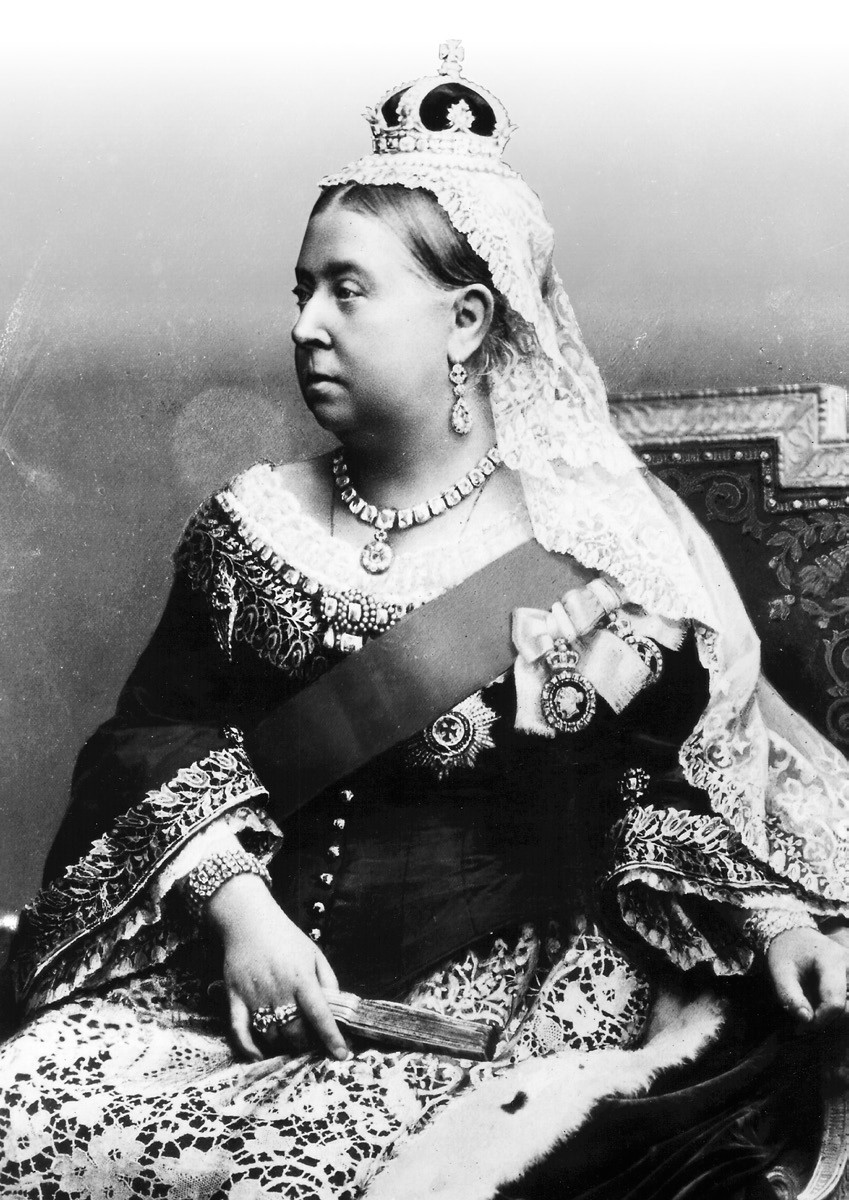
At its height the British empire was the largest and most powerful in history. In 1921 it contained almost half a billion subjects (a quarter of the world’s population). However, it was loosely administered and many of the territories under its control were linked to Britain in quite informal ways. There were colonies, protectorates, dominions and mandates — all of which were administered in different ways. In reality, the secret of the success of the British empire was the fact that, in many instances, considerable autonomy was given to local regions. There is a good overview of the British empire at www.britishempire.co.uk. Maps of the empire can be found at http://tinyurl.com/ydu2h2q and also at http://safalra.com/other/british-empire-map. There is also an excellent timeline of the empire at www.bbc.co.uk/radio4/history/empire/map. A huge selection of film from the British empire is available at www.colonialfilm.org.uk.
Britain entered the First World War as the world’s major superpower. It ended the war as one of the victor nations but it had paid a heavy price. Britain had borrowed large sums of money to pay for the war, had lost hundreds of thousands of men fighting and had had to make promises of freedom to many of its imperial territories to maintain support during the fighting. You can find out about the effect of the war on Britain and its colonies at http://tinyurl.com/5vby8o2 and http://tinyurl.com/3dx9wmn. Although Britain received new territories to rule as mandates in the Versailles peace settlements some argue that its empire was already in decline in 1918.
Your organisation does not have access to this article.
Sign up today to give your students the edge they need to achieve their best grades with subject expertise
Subscribe




